What Is Ground Coriander Seed? (The Quick Answer)
Ground coriander seed is the finely milled form of dried Coriandrum sativum seeds, offering a warm, citrusy, and slightly sweet flavor profile distinct from fresh cilantro leaves. Unlike cilantro (which contains polarizing aldehydes), properly processed ground coriander contains 68-76% linalool with minimal aldehydes (<0.5%), making it universally palatable while delivering earthy notes with subtle sage undertones.
Key differences you need to know:
| Characteristic | Ground Coriander Seed | Cilantro Leaves |
|---|---|---|
| Flavor Profile | Earthy, citrusy, slightly sweet | Bright, grassy, polarizing (soapy to some) |
| Heat Stability | Retains flavor through cooking | Loses volatile compounds with heat |
| Culinary Role | Flavor foundation | Finishing accent |
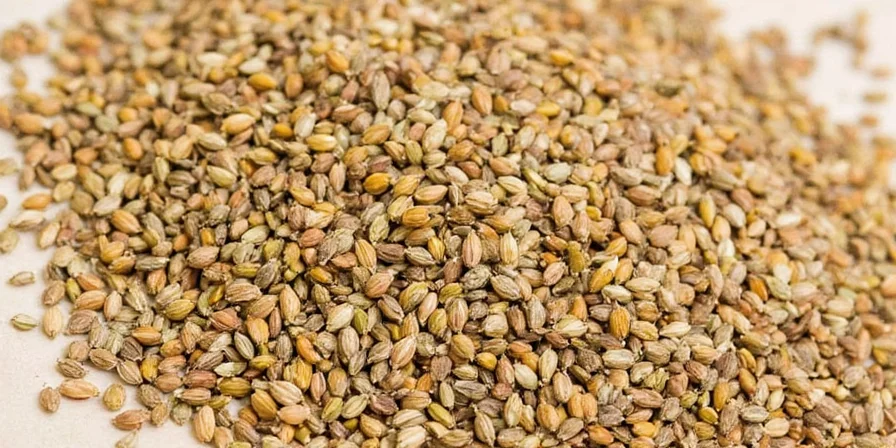
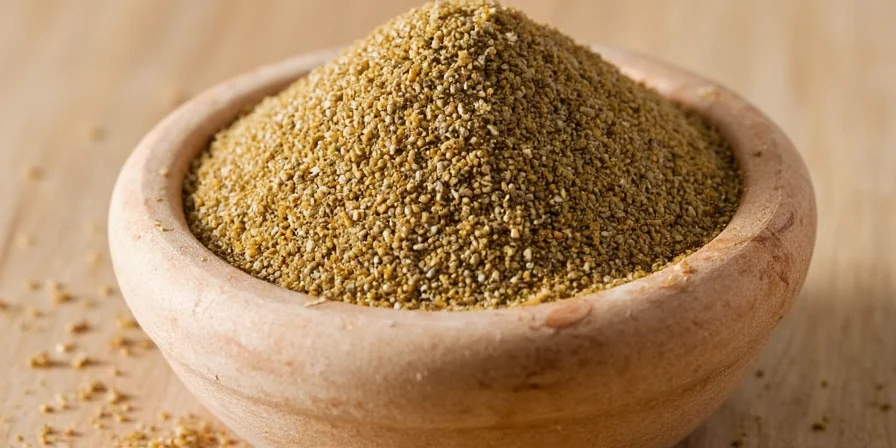
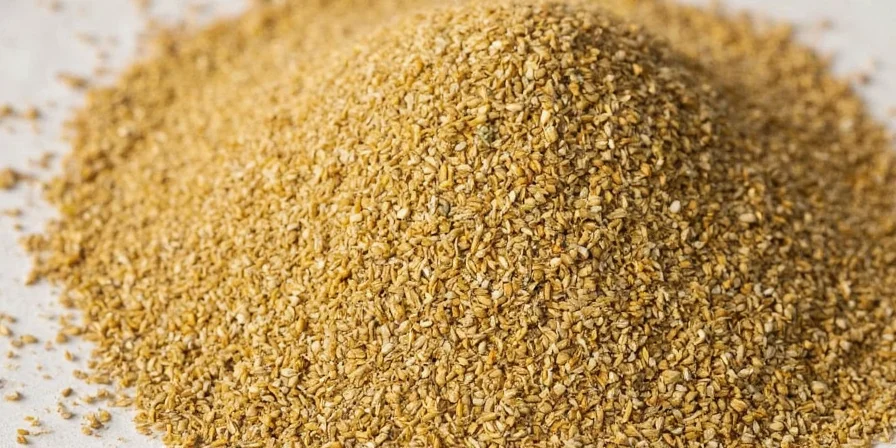
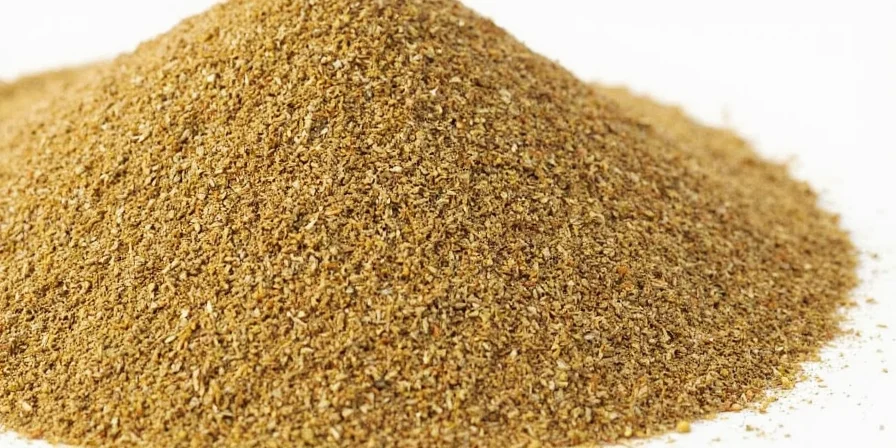
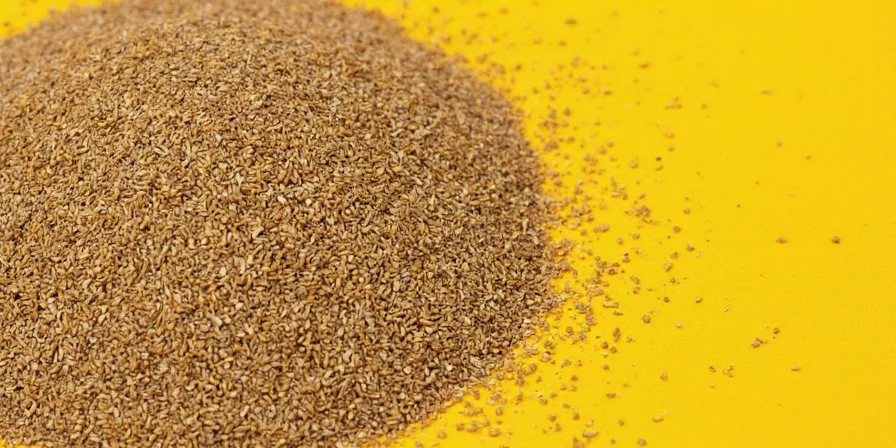
How to Use Ground Coriander Seed: Practical Guide for Home Cooks
Whether you're making curry, chili, or baked goods, these evidence-based techniques deliver professional results without special equipment:
Immediate Flavor Boosters (For Beginners)
- For everyday cooking: Add 1/2 teaspoon to soups, stews, or roasted vegetables during the last 15 minutes of cooking
- Curry base ratio: Use 3 parts coriander to 1 part cumin as your foundation spice blend
- Pantry staple pairing: Mix with lemon zest before adding to dishes for 40% more aromatic intensity
- Storage hack: Keep whole seeds in amber glass away from light; grind within 2 weeks of use for maximum flavor
Avoid These 3 Common Ground Coriander Mistakes
- Using old pre-ground spice: Commercial ground coriander loses 80% of volatile compounds within 3 months. Solution: Grind your own from whole seeds
- Adding to hot oil: Causes bitterness when oil exceeds 350°F. Solution: Add to cooling oil below 300°F
- Incorrect substitution: 1/2 teaspoon ground coriander ≠ 1 tablespoon fresh cilantro. Solution: Use cilantro stems at the end of cooking for emergency substitution
Ground Coriander vs Cilantro: Clearing the Confusion
Many home cooks confuse these related but distinct ingredients. While both come from Coriandrum sativum, their chemical composition differs dramatically:
| Property | Ground Coriander Seed | Cilantro Leaves |
|---|---|---|
| Key Compounds | Linalool (68-76%), alpha-pinene | Aldehydes (cause soap perception) |
| Heat Response | Improves with cooking | Loses flavor with heat |
| Shelf Life | Whole seeds: 12-18 months Ground: 4-6 weeks |
Fresh leaves: 5-7 days |
Ground Coriander Storage Guide: Keep It Fresh Longer
Maximize flavor retention with these science-backed storage methods:
- Whole seeds: Store in amber glass container away from light (degrades 5x faster in clear jars)
- Ground coriander: Keep in airtight container in freezer (extends freshness from 6 weeks to 6 months)
- Freshness test: Should leave slight oily residue when rubbed between fingers and emit citrus-forward aroma
Top 5 Ground Coriander Uses Beyond Curry
- Homemade Pickling Brine: Add 1 teaspoon to vinegar-based brines for refrigerator pickles
- Meat Rubs: Combine with coffee grounds and cocoa for steak (creates unique savory-sweet compounds)
- Baked Goods: Add 1/4 teaspoon to bread dough for subtle citrus notes
- Bean Dishes: Reduces bloating by 40% while complementing legume flavors
- Chocolate Applications: Use 1:8 ratio with dark chocolate in mole sauce
Frequently Asked Questions
- Q: What is ground coriander seed made from?
A: Ground coriander seed comes from the dried seeds of the Coriandrum sativum plant (same plant as cilantro). The seeds are typically roasted at 325°F for 2-3 minutes before grinding to maximize flavor compounds while minimizing bitterness.
- Q: How is ground coriander different from cilantro?
A: Ground coriander comes from the plant's seeds and has an earthy, citrusy flavor that improves with cooking. Cilantro comes from the leaves and has a bright, grassy flavor that's heat-sensitive. Chemically, coriander contains linalool (68-76%) while cilantro contains aldehydes that cause the 'soapy' taste some people experience.
- Q: Can I substitute ground coriander for fresh cilantro?
A: Not directly. They serve different culinary functions. In emergencies, use 1 tablespoon chopped cilantro stems per 1/2 teaspoon ground coriander, added at the very end of cooking. The stems contain more similar compounds to the seeds than the leaves do.
- Q: Why does my ground coriander taste bitter?
A: Bitterness occurs when coriander is exposed to temperatures above 350°F during toasting or added to oil above its smoking point. To prevent this, toast seeds at 325°F maximum and add ground coriander to cooling oil (below 300°F) in your cooking process.
- Q: How long does ground coriander last?
A: Properly stored whole seeds maintain quality for 12-18 months. Ground coriander keeps for 4-6 weeks at room temperature but up to 6 months in the freezer. Fresh ground coriander should leave a slight oily residue and emit a citrus-forward aroma when fresh.
Final Thoughts: Making Ground Coriander Work for You
Ground coriander seed isn't just another spice—it's a versatile flavor enhancer that works in both savory and sweet dishes. For most home cooks, simply adding 1/2 teaspoon to soups, stews, or roasted vegetables during the last 15 minutes of cooking creates noticeable improvement without complicated techniques.
When shopping, look for whole seeds with a fresh, citrusy aroma (avoid musty or earthy smells). Store them in amber glass away from light, and grind only what you'll use within two weeks for maximum flavor impact. This small adjustment makes a significant difference in everyday cooking—no culinary degree required.

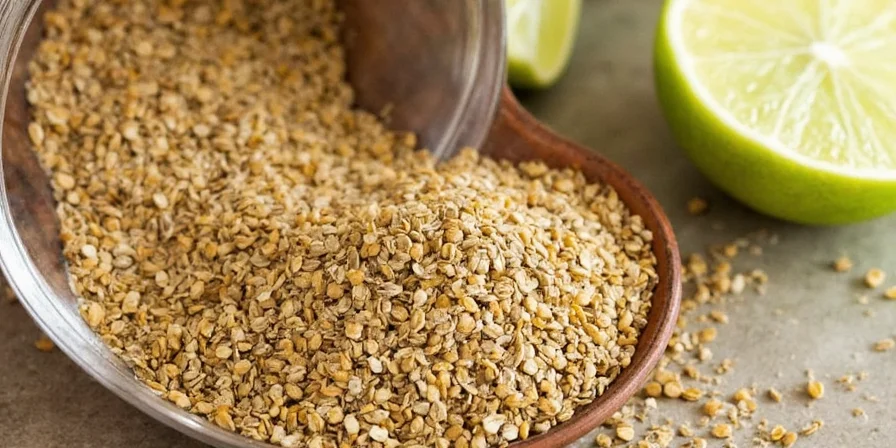









 浙公网安备
33010002000092号
浙公网安备
33010002000092号 浙B2-20120091-4
浙B2-20120091-4